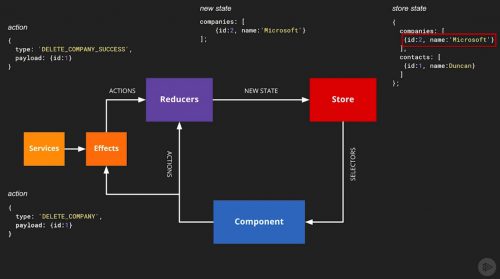If there is one thing I have learnt about Angular and the programming paradigm it dictates, it is that you either hate it or love it. Developers seems to be very much one way or the other. And ex-boss of mine has even told me that “I am making a mistake by not doing everything Angular”. I don’t agree. I have always been about “the right tool for the right job”. Which is why I am very happy that my mate Duncan Hunter can guide me through the jungle of Angular and associated libraries. A little while back we released a Pluralsight Play by Play on using the ngrx library with Angular, and it has been extremely popular.
And now we are back! Duncan put it to me that enterprises are struggling to use Angular in any meaningful way, as their code base is often complex and has a ton of inter-dependencies. And of course he didn’t bring a problem without a solution. In this brand new course we go through the steps of building enterprise grade applications with the Nx library for Angular. We look at managing multiple repositories, creating a new Nx workspace, creating new apps and libraries, and how we can use it with ngrx as well.

The course is available right now on Pluralsight.




